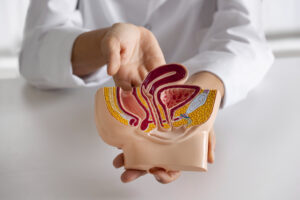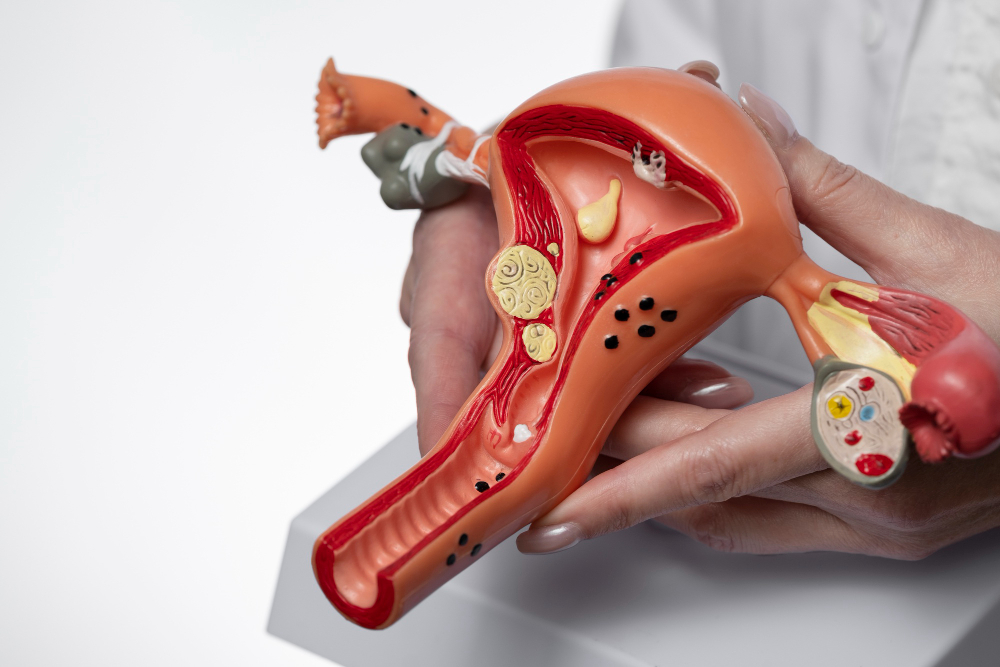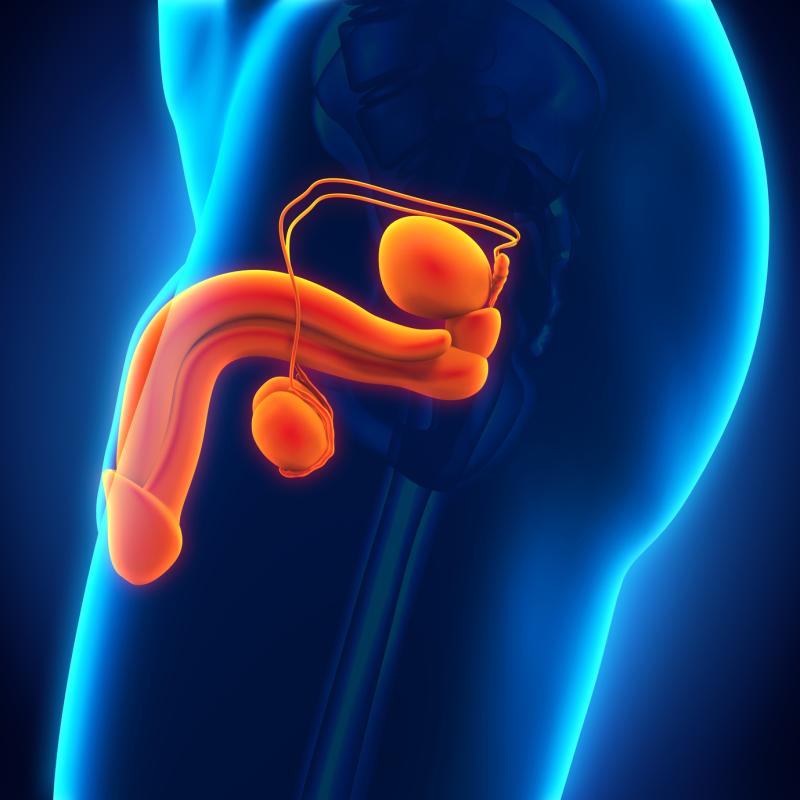Chronic Hydrocele Symptoms
Chronic hydrocele is a condition that normally causes fluid to accumulate inside the scrotum. It is usually painless and harmless, but it may cause some symptoms. The most obvious symptom is swelling of the scrotum. Symptoms of chronic hydrocele The scrotum appears larger and swollen than normal. Due to swelling of the scrotum, some men may experience a feeling of heaviness or discomfort. This condition is usually painless, but may cause discomfort depending on the size of the scrotum.
The scrotum may expand further over time. This can affect daily life, such as sexual activity or clothing choice. Diagnosis is usually made through physical examination and imaging tests such as ultrasound. Whether treatment is required is determined by the size, level of discomfort, and the patient's general health condition. The liquid is usually transparent and clear. However, sometimes it may be colored or blurred as a result of inflammation.
It may cause the scrotum to swell while standing or sitting later in the day. This swelling may be less noticeable in the morning. It is usually painless and does not cause any serious health problems. Sudden swelling of the scrotum may indicate another problem. chronic hydrocele symptoms, it could be. It is important that you consult a doctor.
What is Chronic Hydrocele?
In the normal development of chronic testicles, it occurs as a result of a fluid-containing membrane surrounding the testicles. It occurs as a result of fluid accumulation in the membranes located inside the scrotum and surrounding the testicles. Normally, these membranes contain a minimal amount of fluid. It helps move and protect the testicles. But in some cases, this amount of fluid can increase and form a hydrocele. Hydrocele occurs when fluid accumulates between these membranes.
Chronic Hydrocele Symptoms and Treatment
 Hydrocele is diagnosed through physical examination and imaging tests such as ultrasound. Previous acute hydrocele may increase the risk of developing chronic. Whether treatment is required depends on the size, level of discomfort, and the patient's general health condition. Younger ones may not require treatment. However, major or uncomfortable surgery may be required. This surgery may involve draining the sac and, if necessary, a procedure that straightens the inner walls of the scrotum.
Hydrocele is diagnosed through physical examination and imaging tests such as ultrasound. Previous acute hydrocele may increase the risk of developing chronic. Whether treatment is required depends on the size, level of discomfort, and the patient's general health condition. Younger ones may not require treatment. However, major or uncomfortable surgery may be required. This surgery may involve draining the sac and, if necessary, a procedure that straightens the inner walls of the scrotum.
Symptoms of chronic hydrocele Treatment is usually done with surgery. The surgery involves removing the sac containing fluid accumulation. This procedure is called “hydrocelectomy.” The surgery is usually performed under general anesthesia. For this reason, you will be unconscious during the surgery and you will not feel pain. The surgeon prefers a small incision in the lower part of the scrotum for surgery. The sac is removed through this incision. Since the sac is located inside the scrotum, the surgeon carefully makes the incision to access the scrotum.
Removes the hydrocele sac. After removing the sac, care is taken to completely drain the fluid in the scrotum. In some cases, it may occur as a result of accidental penetration of the membranes surrounding the scrotum. In this case, the surgeon can fix these membranes. After the hydrocele sac is removed, the surgeon stitches up the small incision. Dissolvable stitches are usually used, so there is no need to remove the stitches. The most common method is surgical intervention.
During this surgery, excess fluid is drained and the inner walls of the scrotum are straightened. A tight bandage or support garment may be used to prevent swelling of the scrotum. After surgery, patients usually undergo an observation period of several hours. They are then discharged home. The recovery process is usually rapid and many patients can return to their daily activities within a few days.
Recovery Process After Chronic Hydrocele Surgery
 Recovery process after chronic hydrocele surgery, It may vary depending on the type of surgery and the general health condition of the patient. It is usually diagnosed in the hospital. You may be kept under observation for a few hours or days after surgery. During this process, your vital signs (blood pressure, pulse, respiration) are monitored and post-operative complications are monitored. Pain and discomfort are normal in the postoperative period.
Recovery process after chronic hydrocele surgery, It may vary depending on the type of surgery and the general health condition of the patient. It is usually diagnosed in the hospital. You may be kept under observation for a few hours or days after surgery. During this process, your vital signs (blood pressure, pulse, respiration) are monitored and post-operative complications are monitored. Pain and discomfort are normal in the postoperative period.
Use painkillers prescribed by your surgeon regularly. If pain or discomfort increases, contact your doctor. Care of the surgical field is very important. Clean the wound as recommended by your doctor. Change dressings regularly. Pay attention to hygiene rules to prevent wound infection after surgery. A healthy diet is important in the postoperative period. Good nutrition supports the body's healing process.
Moving and doing physical activity in the postoperative period accelerates recovery. However, act in accordance with your doctor's recommendations and do not overdo it. Use the medications prescribed by your surgeon regularly. Postoperative chronic hydrocele symptoms, Do not miss follow-up appointments. Follow your doctor's recommendations.






